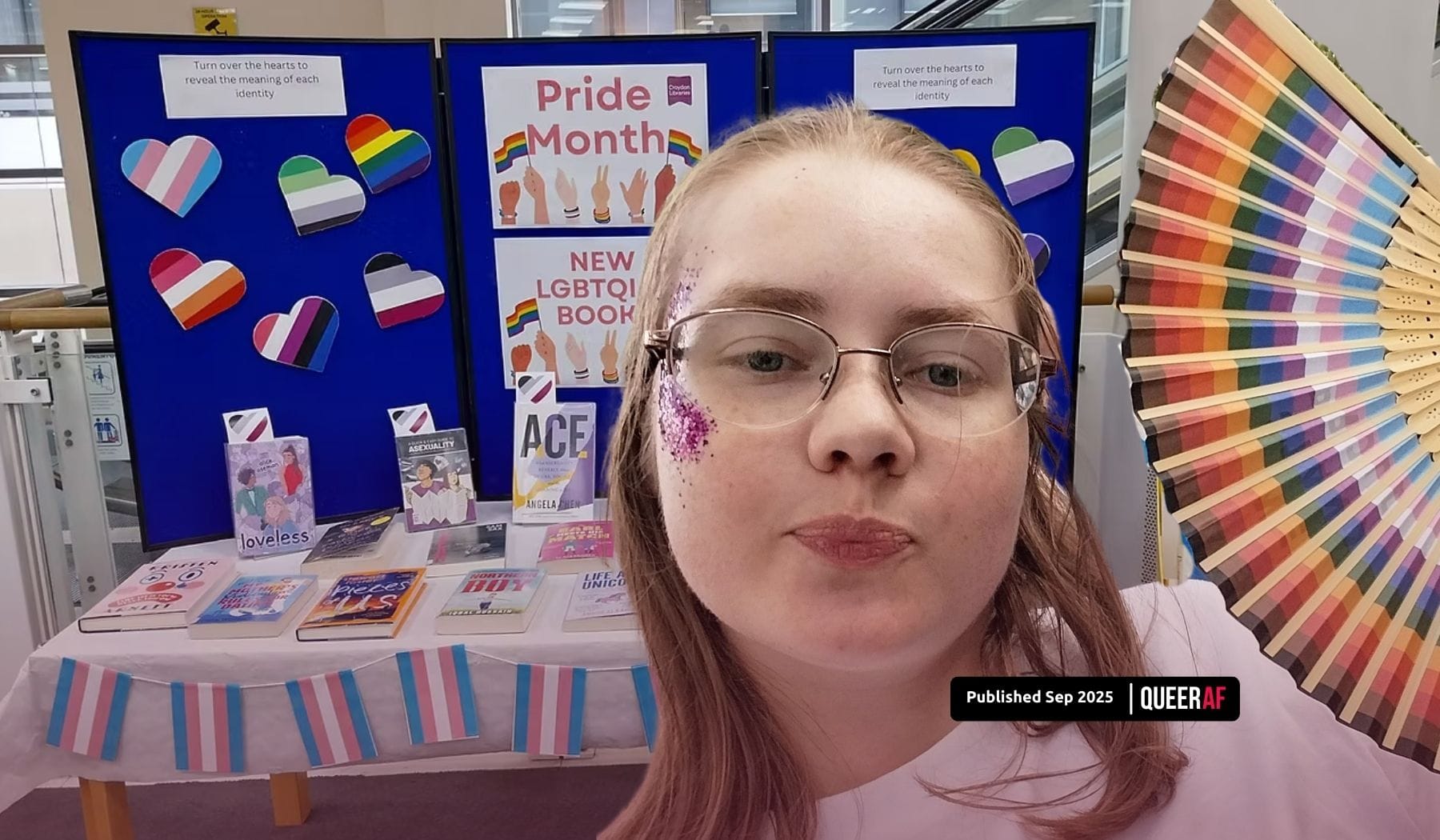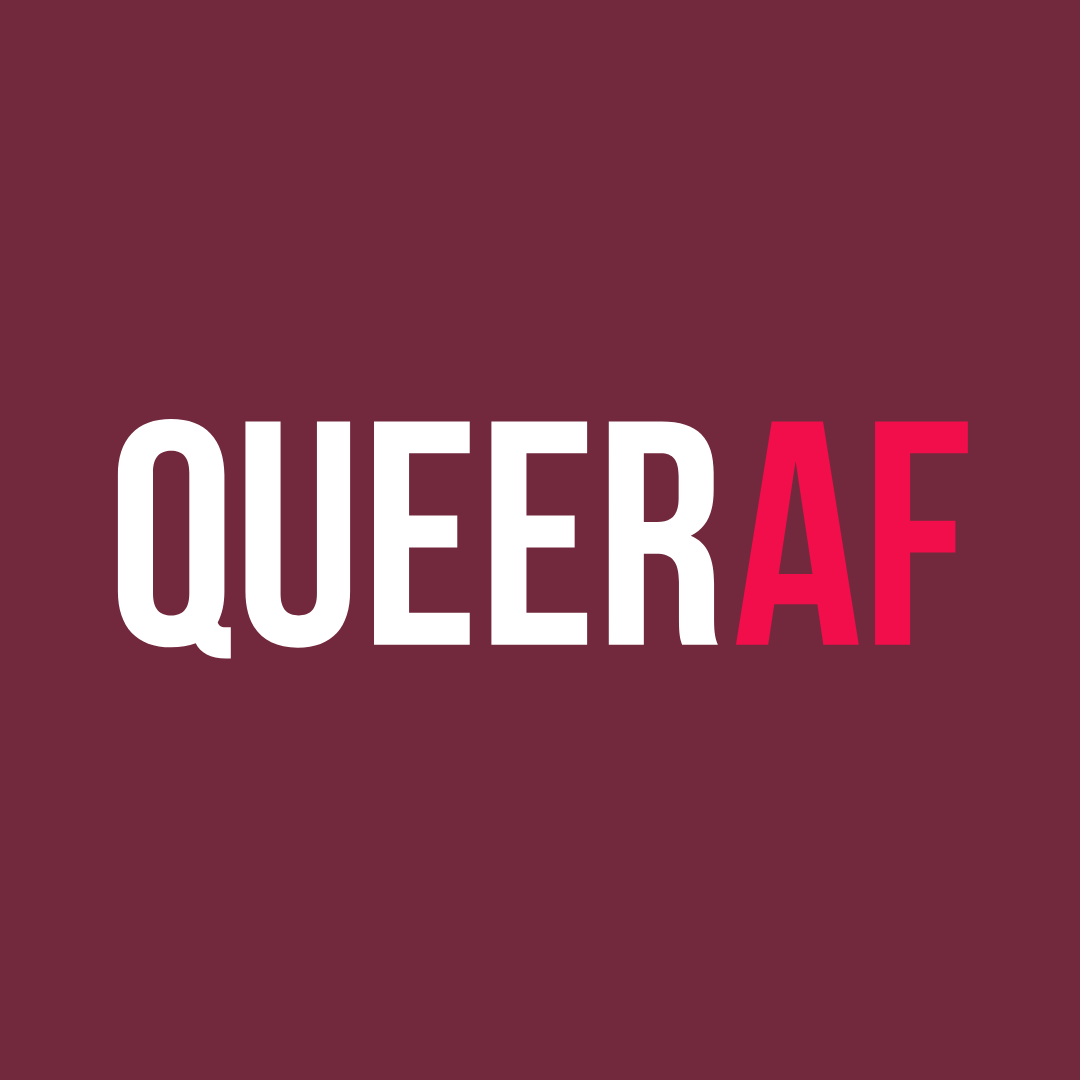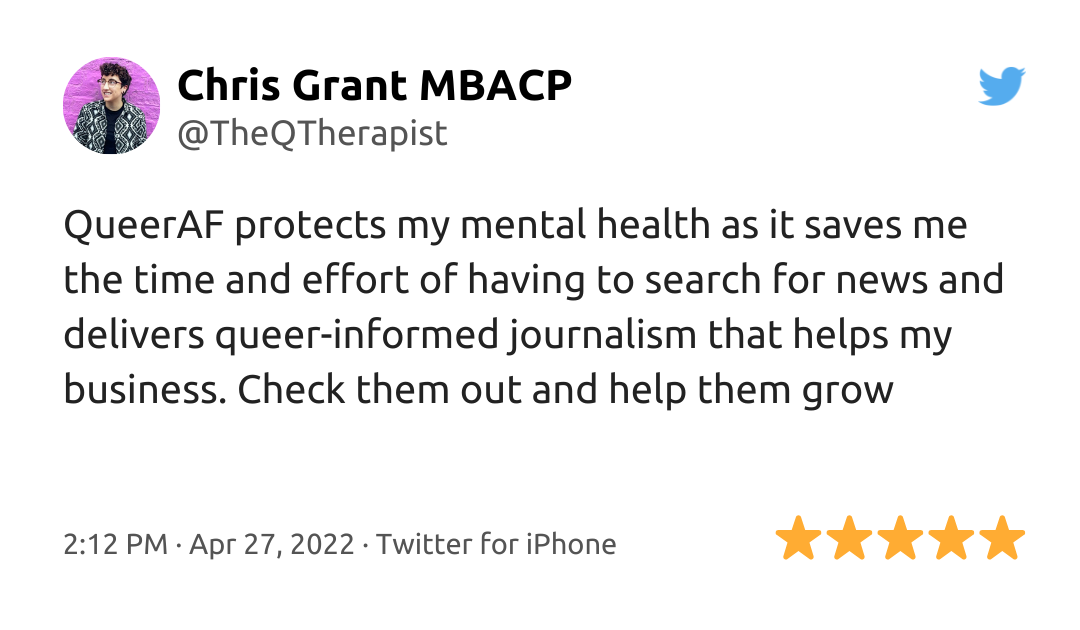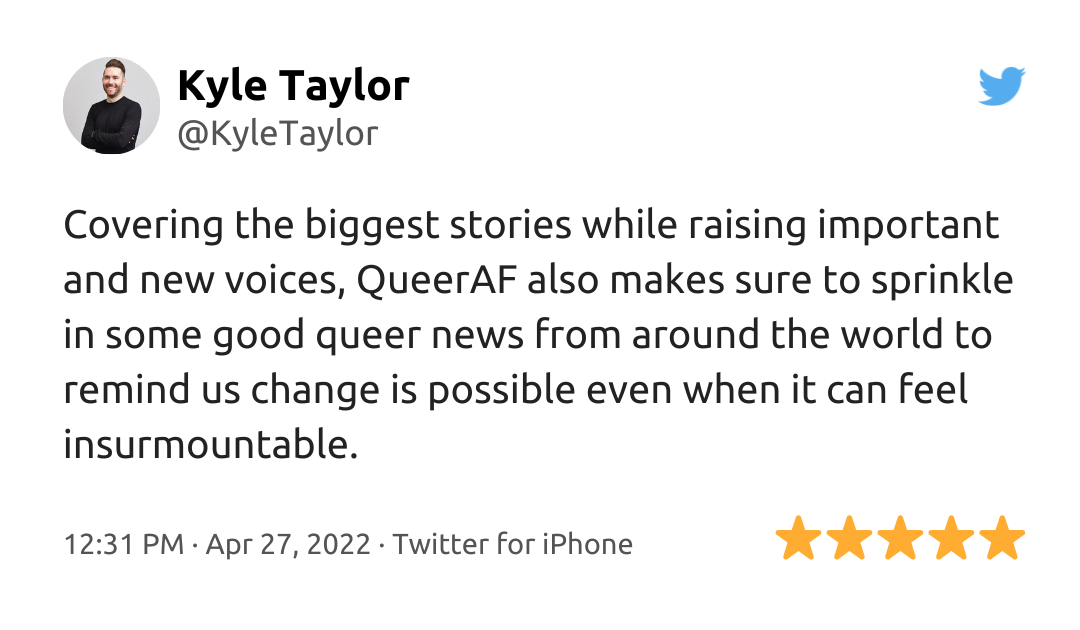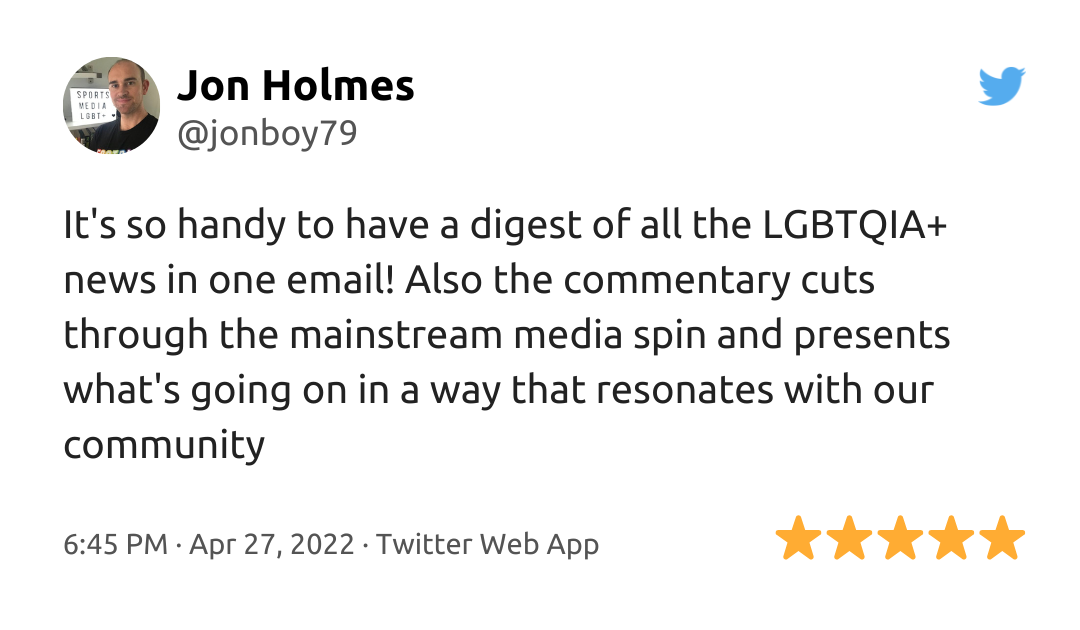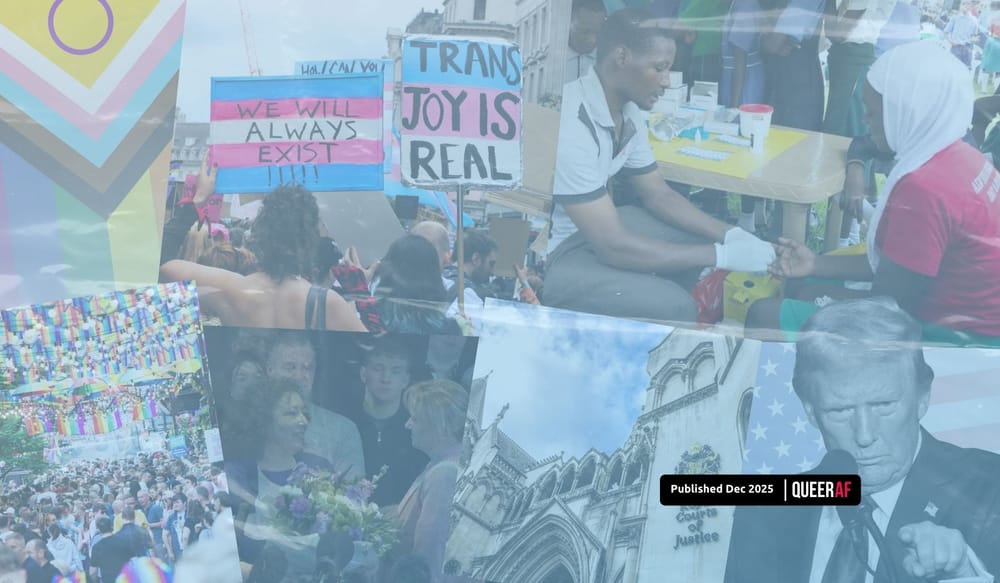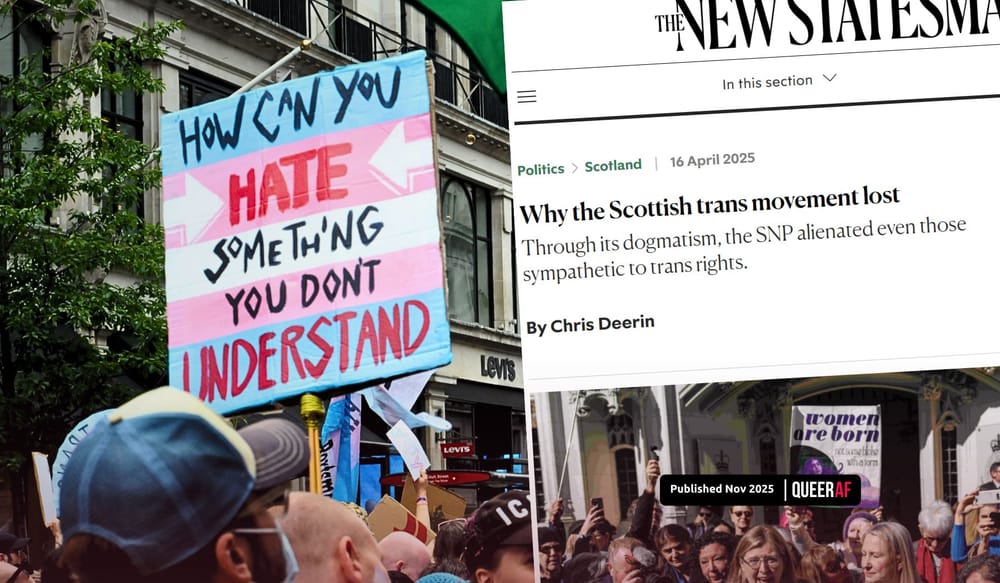
I remember adding the final touches to the library’s Pride display and feeling a whole rush of emotions – excitement, nervousness, pride.
The display included quotes and book recommendations from local queer people. One of these was from “Sarah, an asexual woman”. To our library visitors, Sarah was another anonymous voice. But to my colleagues, it was me, coming out to them as ace.
When it comes to coming out as asexual, there was no social script I knew of to follow, so this Pride display was my way of thinking outside of the box.
Unfortunately, many aces find workplaces to be discriminatory towards asexual people, and office culture often revolves around talking about relationships. Before coming out, I also wasn’t able to fully answer the “what have you been up to?” question from my peers if I had attended a queer event or spent the evening at my asexual book club.
Right now, coming out as ace often involves explaining what it means and how it affects you. But I wanted to do that explaining and make it easier to be an asexual member of staff at our organisation.
The next question was: with no obvious way to go about it, how could I come out to my colleagues?
At the time, I didn’t have a partner to mention which would state my obvious queerness. The asexual flag isn’t one that everyone knows, so wearing an ace badge into the office would have very possibly gone unnoticed. I found myself wanting to come out at work, but I still had no script to guide me.
But being out was important to me. Exploring your asexuality and living unconventionally can be something that takes up a lot of headspace. It becomes something that is always in the back of our minds, even when in the office.
It compares, I think, to other Big Life Things, such as buying a house or planning a wedding. These are things people talk about with their colleagues because they consume so much of our lives that we want to share them with others.
I had this pull to come out to my work peers as asexual because I wanted to be seen as queer and talk about my queerness. It gave me the option of joining my workplace’s LGBT+ network.
And, as someone who works in a library, it made it possible to help curate our LGBT+ shelves and start conversations about inclusion by drawing on my own experience. Most importantly though, I knew it would make me happier.
Since putting up that Pride display - the one that left me so nervous - I have continued to be out at work.
And I know that I have been able to develop so much more in my working life because of making this step. It just required me to ask myself: how can asexuality fit into the conversations I already engage in at work? And how can I come out in a way that still feels like me?
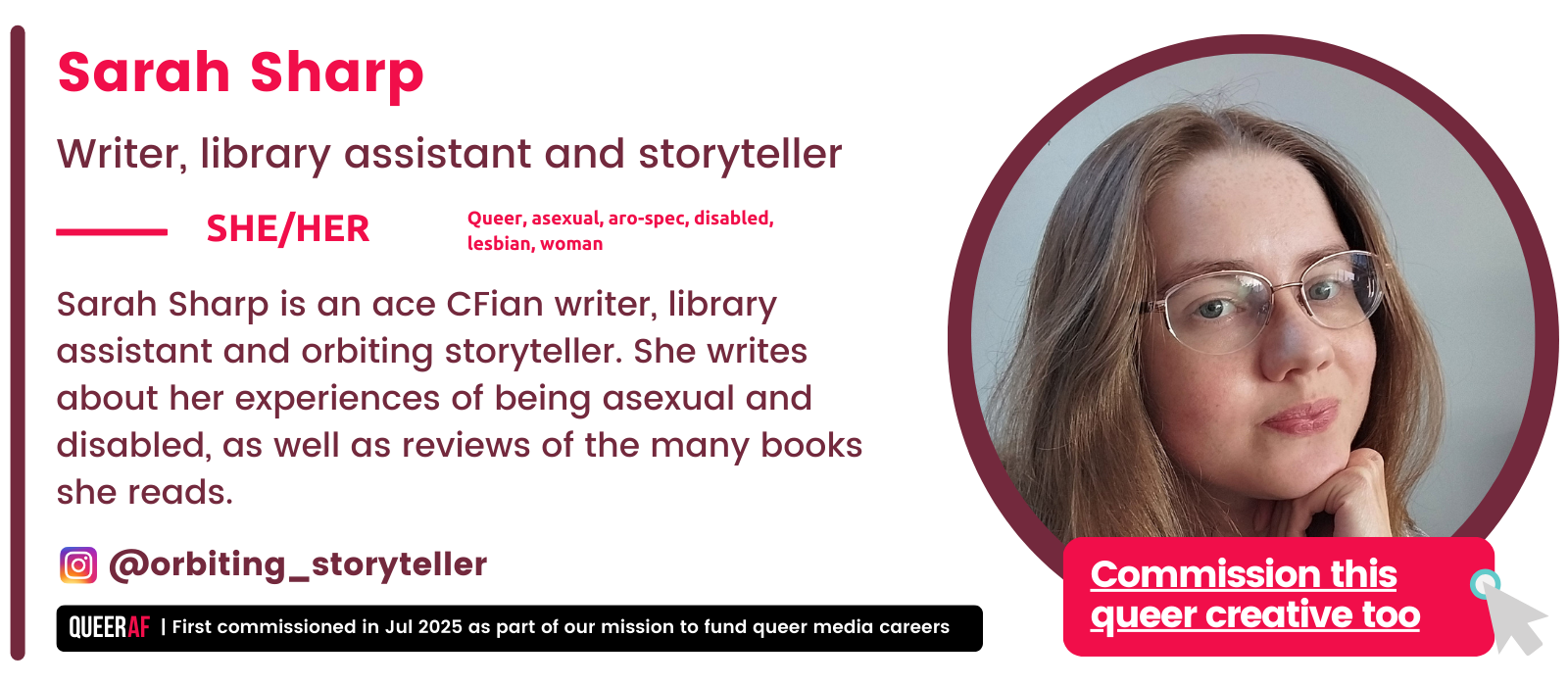
Get the Queer Gaze in your inbox each week with our free weekly newsletter or pitch to write an edition for us now.
We support our writers to build media careers
"As someone that didn't go to University I often doubt myself as a capable communicator, especially as the first Director I worked for at the Guardian told me I'd never be eloquent enough if I didn't have a degree.
"But I can categorically say that the half-hour editing and feedback chat with Jamie Wareham has built my confidence and given me far more valuable advice. What a profoundly beautiful thing QueerAF are doing within news & media."
That's how one of our creatives, Ray Cooper said about our approach and support when they wrote their queer gaze article.
That's the power of our work; that's the power of our unique approach to journalism; that's what our memberships support.
Will you join the hundreds of QueerAF members who make our work to change the media, to change the country - happen?

